Lutino Cockatiel: The History and Evolution of the Species
Delve into the fascinating history and evolution of Lutino Cockatiels, tracing their journey from wild birds to beloved pets. Enjoy reading!
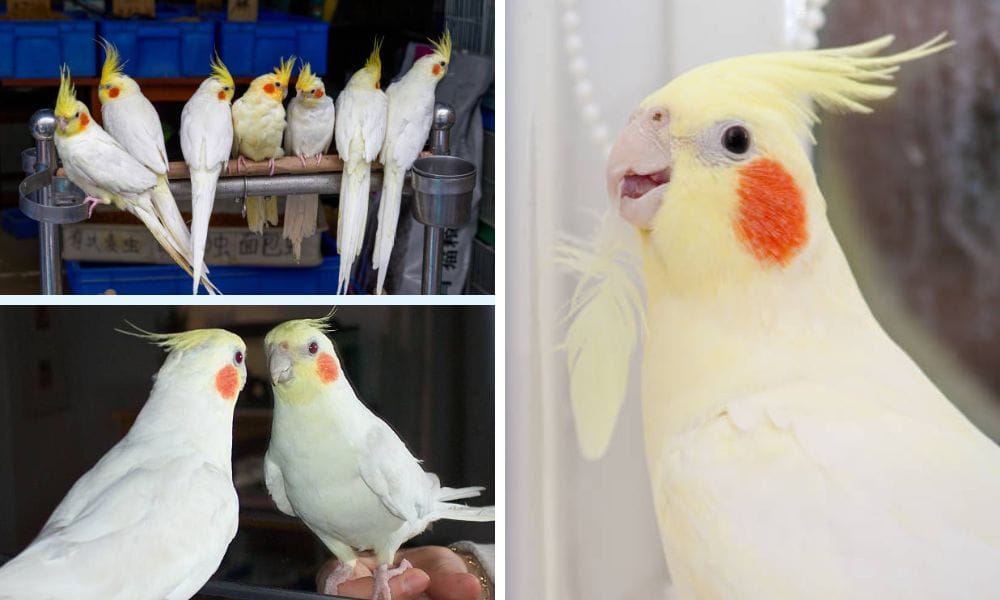
Key Takeaways:
- Understand the origins and development of the lutino cockatiel mutation.
- Discover the unique characteristics that make lutino cockatiels a favorite among bird enthusiasts.
- Learn about the care and breeding specifics for maintaining a healthy lutino cockatiel.
The lutino cockatiel, with its striking white plumage and contrasting red eyes, is a captivating sight for any bird lover. This particular color mutation has a rich history and has evolved to become one of the most popular choices for a first time bird owner. The lutino gene has not only added diversity to the cockatiel family but has also sparked interest in aviculture, leading to further exploration of color mutations in these charming birds.
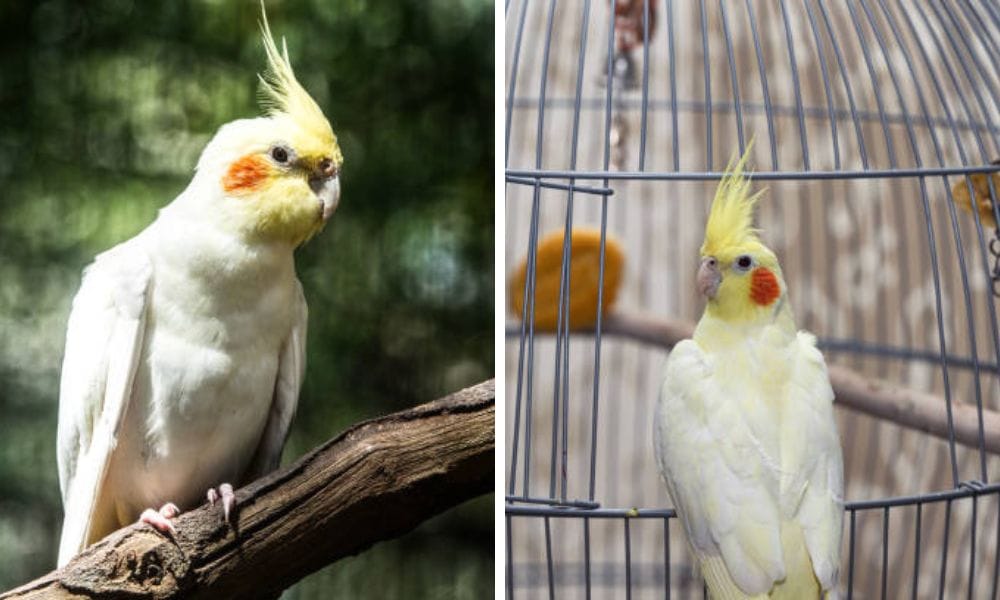
The Origins of the Lutino Cockatiel
The lutino cockatiel is the second cockatiel mutation to be recognized, first appearing in aviculture in the 1950s. It was Cliff Barringer, a notable figure in the bird breeding world, who is credited with the discovery of the lutino mutation. Unlike the wild grey cockatiel, the lutino's white plumage is a result of a genetic mutation that inhibits the melanin production, giving them a yellow and white coloration with a beautiful orange cheek patch.
This mutation quickly gained popularity, and as a result, the breeding of lutino cockatiels became widespread. The lutino gene is a recessive one, meaning that both parents must carry the gene for the offspring to exhibit the lutino coloration. This genetic trait has been carefully bred over generations, leading to the healthy and vibrant lutino cockatiels we see today. The lutino cockatiel mutation was the second cockatiel mutation to be established in the United States.
Characteristics and Care
Lutino cockatiels are known for their inquisitive and intelligent nature. They are smaller birds compared to other parrots but are equally as engaging. Their ability to whistle and, in some cases, talk, makes them entertaining pets. The males are particularly known for their vocal talents and are more likely to whistle and mimic sounds than females.
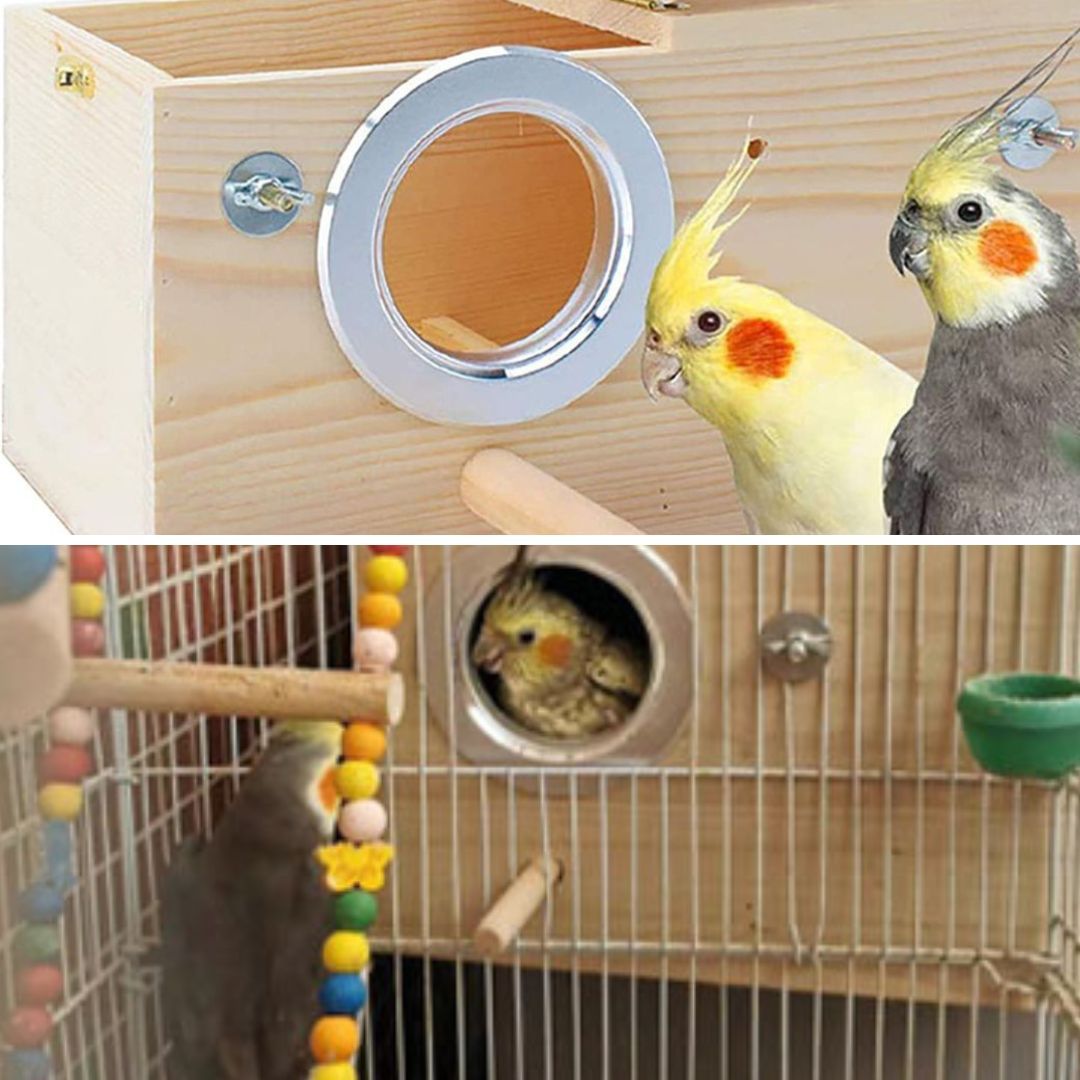
When it comes to care, lutino cockatiels require a spacious cage to accommodate their wings and room for toys to keep them stimulated. A varied diet consisting of seeds, pellets, and fresh fruit is essential for maintaining a healthy bird. Regularly providing a nest box can encourage breeding behavior, especially during the breeding season. It's important to watch for signs of albinism, which is different from the lutino mutation and can be associated with health issues.
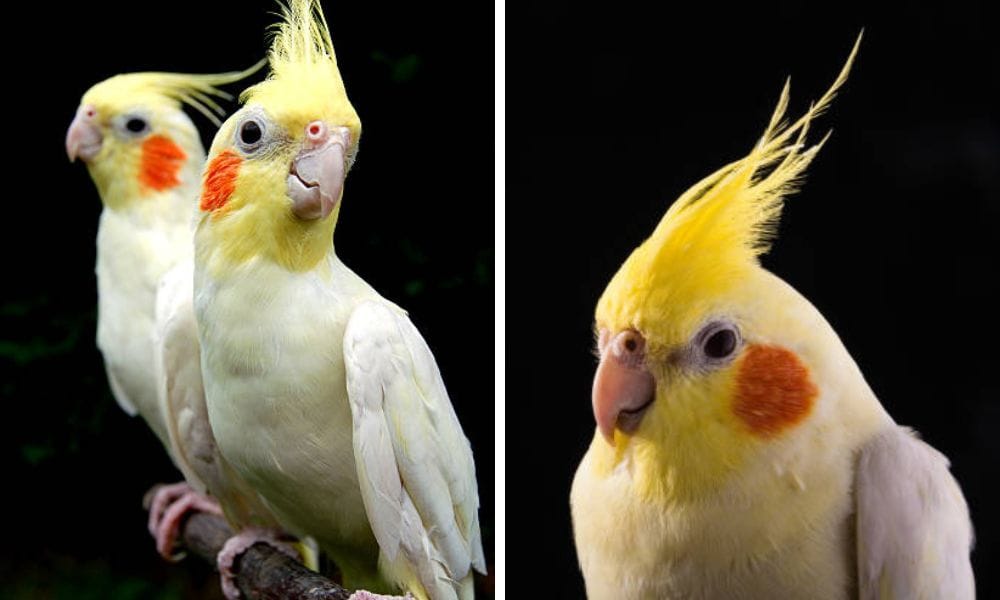
Social Behaviors and Companionship
When considering the social behaviors of lutino cockatiels, it's obvious that these birds thrive on interaction. In the wild, they are rarely found alone, preferring the company of their flock. This trait carries over into captivity, where they often form strong bonds with their human caretakers. It's not uncommon for a lutino cockatiel to eagerly greet its owner with a cheerful chirp or an excited flutter of its crest. These birds are known to be particularly affectionate, often seeking out cuddles and scratches, which makes them excellent companions for those who can dedicate time to social interaction.
In terms of companionship, it's important to note that lutino cockatiels can become lonely if left alone for extended periods. To prevent this, owners are encouraged to interact with their feathered friends daily. For those who cannot always be present, providing a mirror or even considering a second bird can be beneficial. However, introducing a new bird should be done with care, especially if the existing bird has not been socialized with others of its breed. A gradual introduction is key to ensuring a harmonious relationship between the cockatiels.
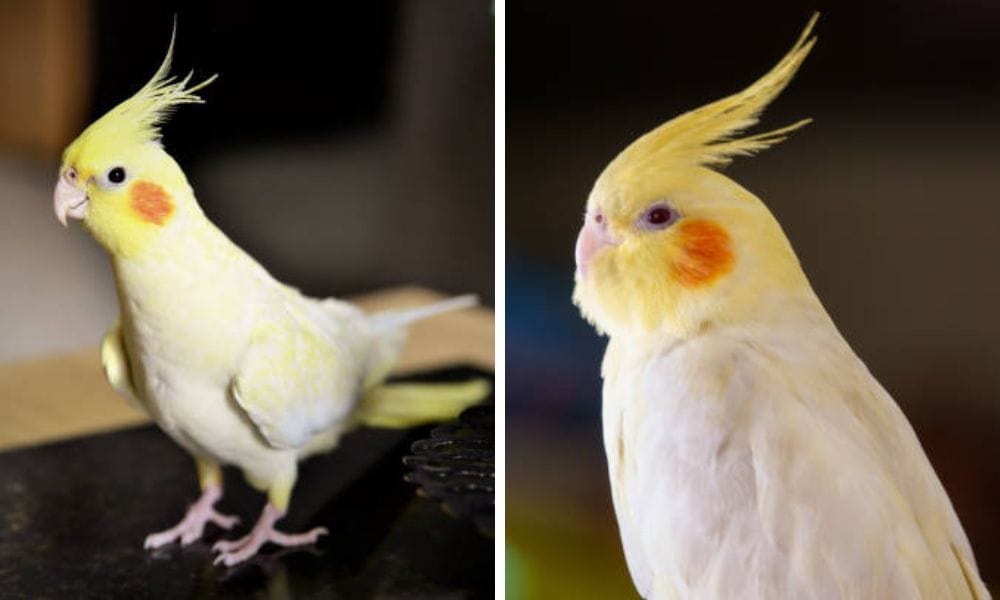
Health and Lifespan Concerns
When it comes to the health and lifespan of a lutino cockatiel, there are several factors that owners should be aware of. These birds, with their striking white and yellow plumage, can live up to 15-20 years with proper care. However, they are prone to certain genetic health issues, such as bald spots, which are more common in lutinos than in other cockatiel varieties. It's crucial for owners to monitor their bird's health regularly and provide a balanced diet rich in nutrients to prevent common illnesses.
Moreover, lutino cockatiels, like their counterparts, require regular veterinary check-ups to ensure they are in good health. A female lutino cockatiel may face additional health challenges, especially during the breeding season, such as egg binding. To mitigate these risks, it's important to train your cockatiel to accept handling and vet visits from a young age. This way, regular health assessments become less stressful for the bird, and any potential issues can be detected early on.
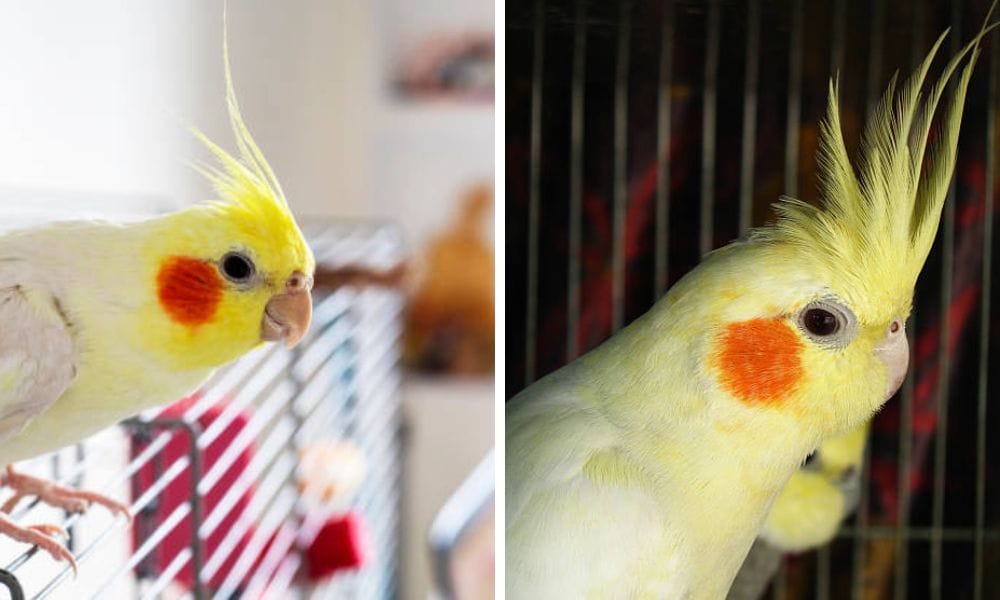
Training and Mental Stimulation
Training a lutino cockatiel can be a rewarding experience for both the bird and the owner. These intelligent creatures are capable of learning a variety of tricks and commands within a week of consistent training. It's important to use positive reinforcement techniques, such as offering their favorite food as a reward. Training not only strengthens the bond between the bird and its owner but also provides essential mental stimulation to keep the cockatiel happy and engaged.
In addition to training, providing a variety of toys and activities is crucial for the mental health of a lutino cockatiel. A bored cockatiel can develop behavioral issues, so incorporating foraging toys and puzzles can help keep their minds active. For instance, a whiteface lutino cockatiel, which is a rare and beautiful variation, may exhibit a high level of intelligence and curiosity. Engaging these birds with challenging tasks can help satisfy their need for mental stimulation and prevent negative behaviors such as feather plucking or excessive screaming.
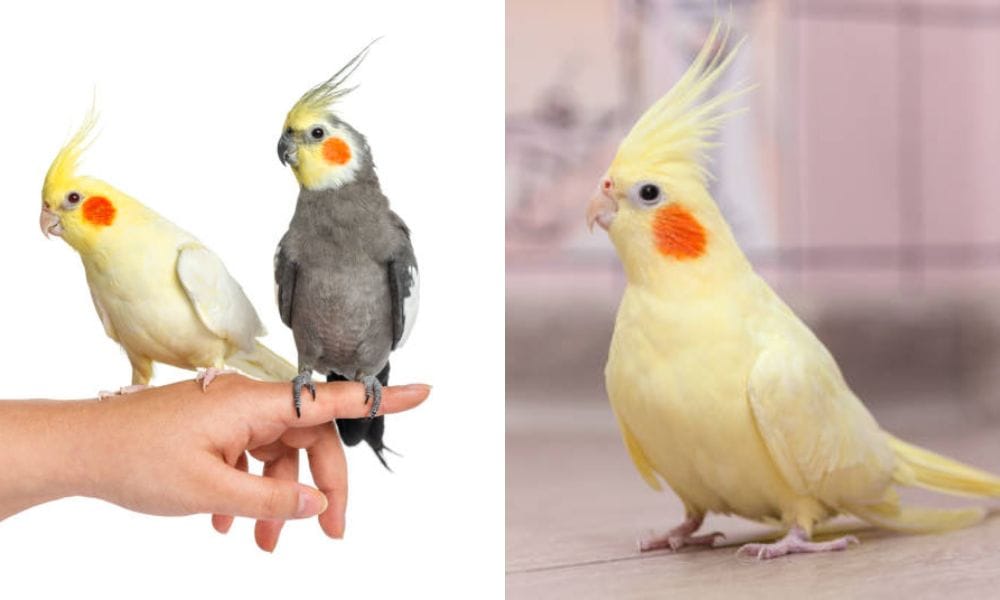
Diet and Nutrition
A lutino cockatiel's diet is paramount to its health and longevity. In the wild, these birds feast on a variety of seeds, fruits, and vegetation. Captive birds should be offered a balanced diet that mimics this natural variety. High-quality pellet foods serve as a good base, but it's crucial to supplement with fresh foods. Dark, leafy greens, along with a selection of fruits and vegetables, should be included in their weekly meal plan. Owners should be mindful of the foods' freshness and avoid offering anything potentially toxic to birds.
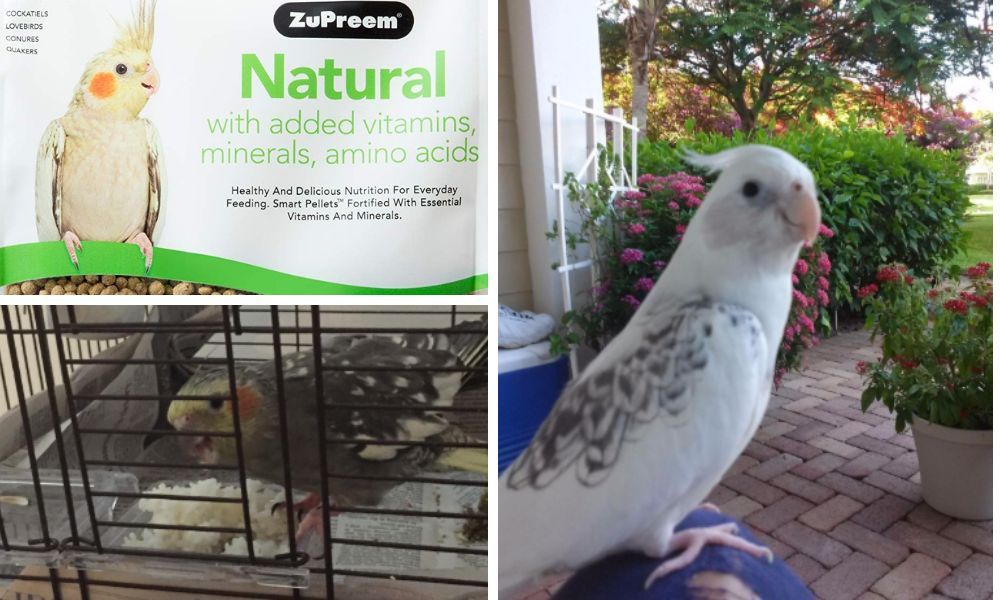
Training your lutino cockatiel to accept a variety of foods can be a fun and rewarding process. Start by introducing new foods in small amounts alongside their favorites. Patience is key, as some birds may be hesitant at first. Over time, most lutino cockatiels will begin to show curiosity and sample new offerings. Remember, a well-balanced diet not only ensures proper nutrition but can also prevent obesity and other health issues. Always consult with an avian veterinarian if you're unsure about the best diet for your feathered friend.
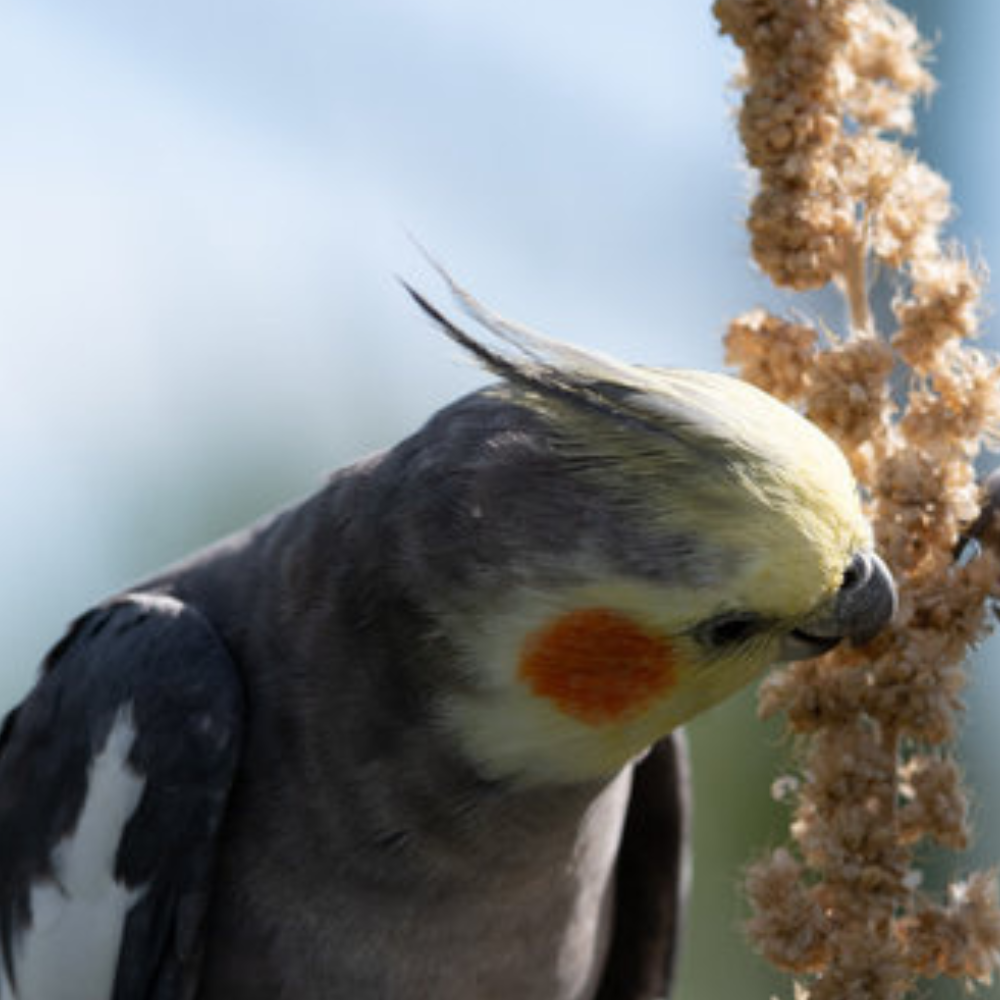
Breeding and Variations
Breeding lutino cockatiels can be a rewarding experience for owners interested in aviculture. The lutino gene can be combined with other mutations such as pied, pearl, and cinnamon, creating a variety of stunning color variations. However, breeding these birds requires knowledge of genetics to understand how the lutino gene interacts with other mutations. Some lutino cockatiels have yellow spots on their body.
It's also important to note that breeding lutino cockatiels comes with a responsibility to ensure the health of the species. Overbreeding can lead to genetic issues, so it's crucial to maintain a diverse gene pool. Females, in particular, should be monitored as they tend to be more prone to egg-binding, a condition that can be life-threatening if not addressed promptly.
The Lutino Cockatiel in the Wild and Captivity
While lutino cockatiels are bred in captivity, their wild counterparts are native to Australia, where they are caught and live in flocks. These birds are highly social and thrive on interaction, both with their human owners and with other cockatiels. In the wild, they exhibit a range of behaviors that are fascinating to watch, such as foraging, preening, and chirping communication.
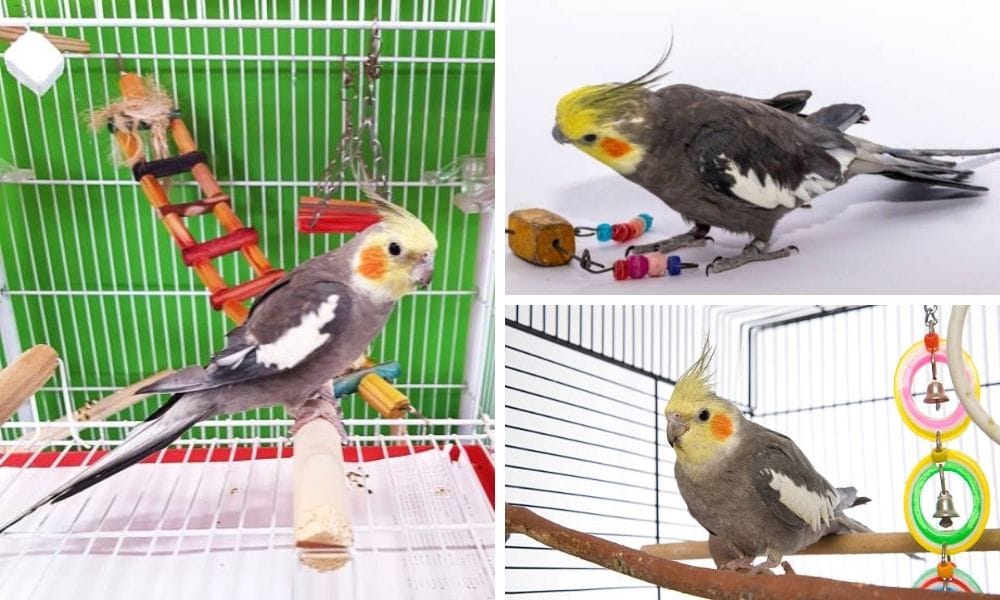
In captivity, it's important to replicate a natural environment as much as possible. This includes providing a mix of toys that encourage foraging and problem-solving, such as bells and chewable items. Regular interaction and training can also help keep these intelligent birds mentally stimulated and can strengthen the bond between pet and owner.
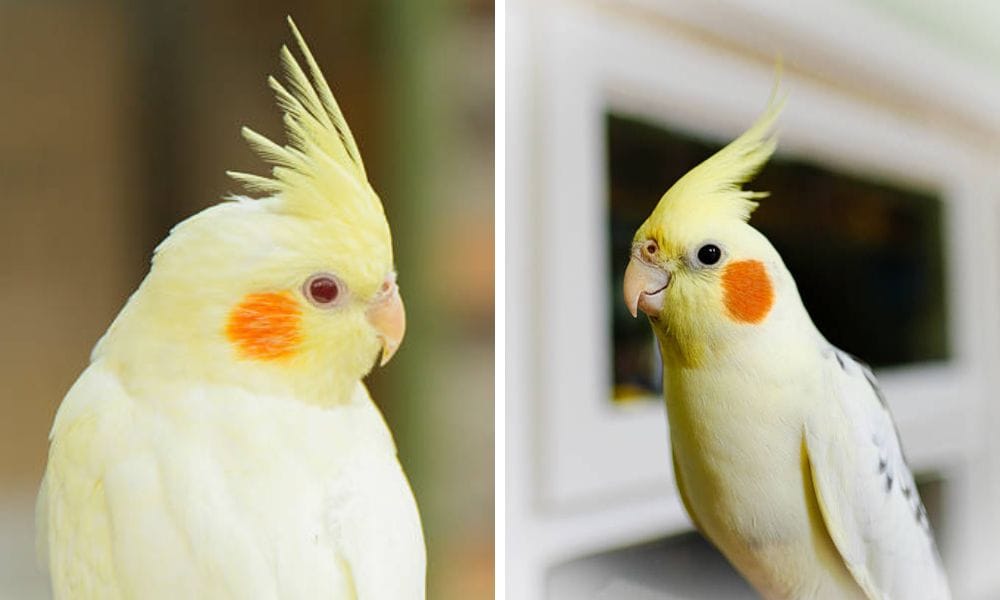
Summary
The lutino cockatiel has come a long way since its first appearance in the aviculture world. Its unique white plumage, red eyes, and charming personality make it a beloved pet for many. Understanding the history and evolution of this species, along with proper care and breeding practices, ensures that these beautiful birds continue to thrive both in captivity and in the hearts of their owners.
FAQ Section
Q: What is the difference between a lutino cockatiel and an albino cockatiel? A: A lutino cockatiel has a yellow and white coloration with red eyes and an orange cheek patch due to the lutino gene. An albino cockatiel, on the other hand, is completely white with red eyes and lacks any pigmentation, which is a result of a different genetic mutation.
Q: Can lutino cockatiels be taught to talk or whistle? A: Yes, especially male lutino cockatiels are known for their ability to mimic sounds and whistle. With patience and regular training, they can learn to talk and perform various whistles.
Q: How can I tell if my lutino cockatiel is healthy? A: A healthy lutino cockatiel will have bright, clear eyes, clean feathers, and be active and alert. They should eat regularly and exhibit natural behaviors such as chirping and playing with toys. Any sign of lethargy, loss of appetite, or abnormal droppings should be a prompt to consult a veterinarian.

